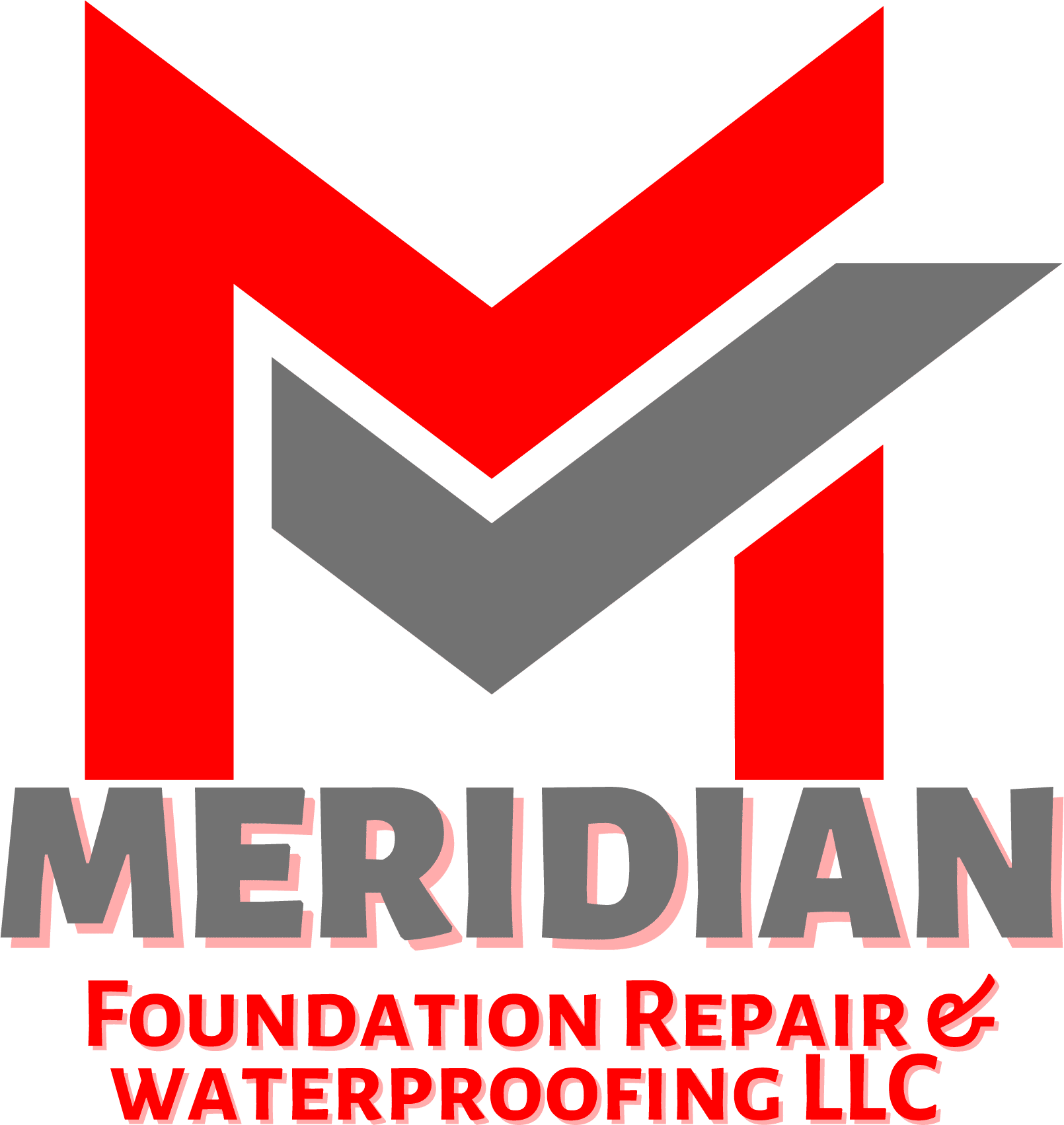Water is essential to life, but it can also be a destructive force if it finds its way inside our homes and buildings. Water damage is a common and expensive problem that homeowners and property owners must deal with. This problem can arise from a variety of sources, including burst pipes, leaking roofs, and natural disasters.
Can water damage really be fixed? That is the million-dollar question. In this blog, we explore the field of water damage repair as well as the challenges and opportunities associated with undoing water’s devastating impacts.
What are the three categories of water damage?
To answer the question of whether water damage can be repaired, it’s necessary to first define the various types of water damage. There are three main forms of water damage:
The first category is known as “clean water. ” This kind of water comes from hygienic sources and doesn’t immediately endanger your health. Some sources of such water are faucets, damaged pipes, and rain. The harm caused by clean water is the simplest to repair.
Gray water or Secondary Category is water that has been tainted to the point where drinking it might make you sick. Washing machine water, dishwasher water, and toilet bowl water all count. While the area can be restored, it is important to use caution and practice good sanitary practices.
The third and worst category of water damage is called “black water.” It’s the most polluted and dangerous kind there is. Wastewater and flooding are both included. Black water restoration entails intensive cleaning, decontamination, and expert hands-on assistance.
Water damage is further categorized into distinct levels depending on the degree of the harm:
- Damage is class 1 if it is localized to one small region of the room.
- In class 2, the damage is severe enough to harm the entire room and perhaps its contents as well.
- Damage to class 3 is severe, permeating floors, walls, and ceilings.
- Specialty drying circumstances, such as deep water penetration in materials such as hardwood or concrete, are classified as class 4.
The path to water damage restoration
When it comes to repairing water damage, the severity of the damage is a major factor to consider. But the speed of response is just as important. Prompt action can help reduce losses and increase the chances of successful repairs. Here’s how the process works:
Firstly, the experts need to assess the extent of the damage. This involves investigating the affected area, identifying the source of the problem, and categorizing the damage. They will then plan a restoration strategy accordingly.
Coming up next is water extraction. This helps prevent further flooding and damage. Industrial-grade pumps and vacuums remove water from floors, carpets, and other affected surfaces.
Once the water has been extracted, the drying and dehumidification process can begin. Industrial blowers and dehumidifiers are strategically placed to dry out the air and surfaces. This is a crucial step in preventing mold growth and further damage.
Depending on the type and severity of the water damage, the affected surfaces and items may need to be extensively cleaned and sanitized. This step is important to ensure safety and hygiene.
Finally, once the area has been cleaned up and allowed to dry, the restoration process can begin. This could involve anything from repairing broken drywall and repainting to a complete rebuild of the affected area.
What does repairability depend on?
Several considerations go into deciding the viability of repairing water damage:
Damage caused by clean water is typically less difficult to fix than that caused by sewage or flooding, for example. In addition, quick intervention greatly increases the chances of a successful repair. The more time water has to sit, the more harm it may do, especially if mold starts to form in it.
It’s important to understand that light to moderate wear and tear can usually be patched up, but major destruction may call for structural repairs and other intensive restoration efforts. Hardwood and other porous materials can be particularly challenging to recover after water damage.
Another great consideration is that hiring trained specialists in water damage restoration can greatly improve the odds that the damage can be fixed. They are prepared to deal with any kind or level of water damage because of the knowledge, tools, and methods at their disposal.
How to prevent water damage in the first place?
Although restoration is an option, in the case of water damage, the adage “an ounce of prevention is worth a pound of cure” remains true. However, here are some precautions to take into account:
- Check the state of your plumbing, roof, and foundation regularly. Don’t delay in fixing any leaks.
- Rainwater should be diverted away from your house’s foundation and into appropriate drains. Be sure to keep your gutters and downspouts clean.
- Condensation and the resulting water damage may be avoided with the help of proper insulation in the home. The humidity and temperature within the house are also easier to control.
- Washing machines, dishwashers, and water heaters are just a few examples of water-using equipment that should be serviced often.
Conclusion
Can water damage be fixed? With a few exceptions, the answer is an enthusiastic yes. The impacts of water damage can be reversed with a prompt reaction, professional knowledge, and appropriate restoration methods. However, the amount to which damage may be repaired is contingent on variables such as the nature and source of the water, the effectiveness of the reaction, and the damaged materials. Preventative actions are equally important in reducing the potential for water damage. Although water is a destructive element, there is a clear and achievable road to repair in the event of water damage.


